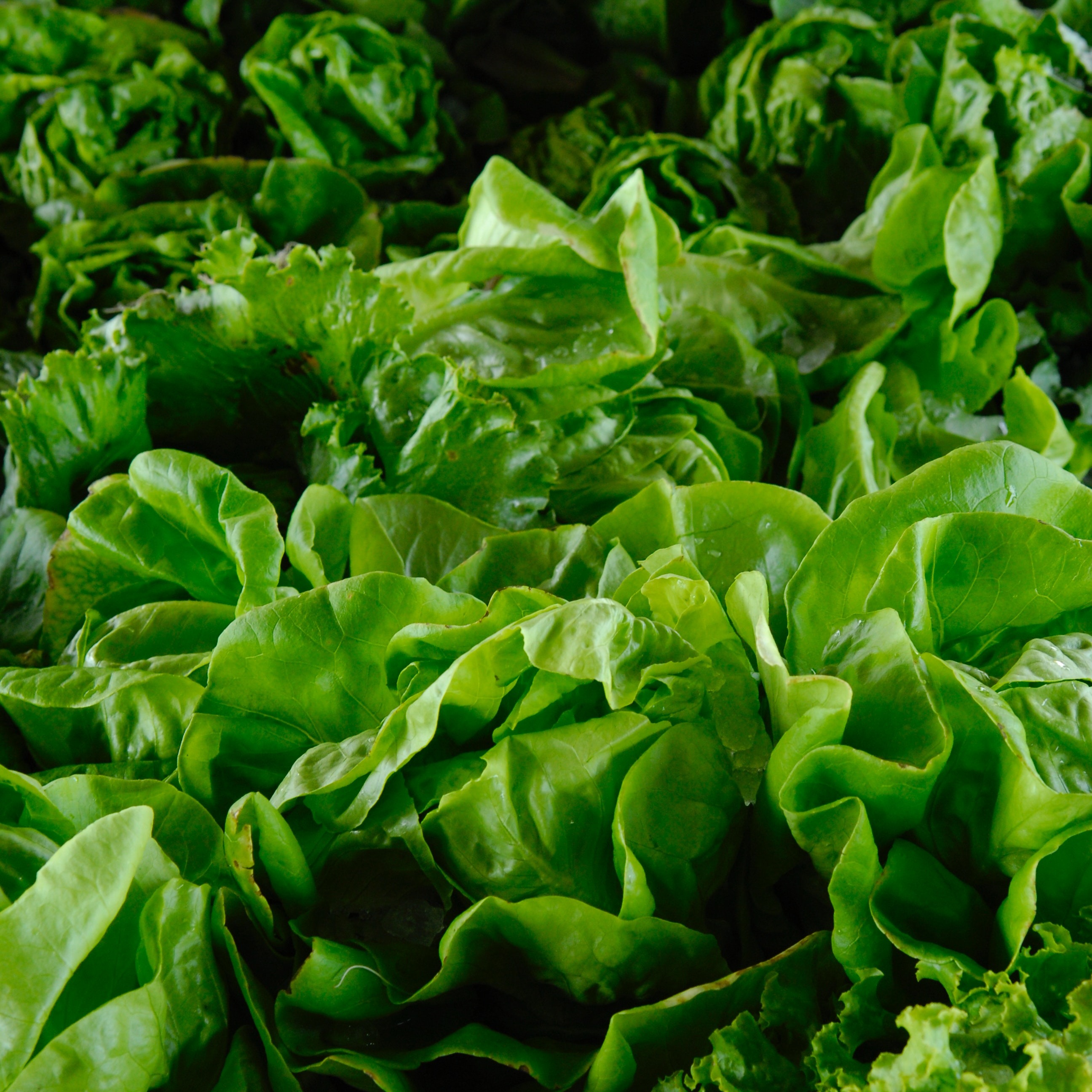
Introduction
Lettuce is a versatile and leafy green vegetable that can be grown successfully in the United Kingdom. With its crisp leaves and refreshing taste, growing lettuce in your garden can be a rewarding experience. In this comprehensive guide, we will walk you through the process of growing lettuce, from selecting the right variety to providing the necessary care for a bountiful harvest. Let's get started!
Choosing the Right Variety
When it comes to lettuce, there are numerous varieties suitable for the UK climate. Here are some popular choices:
- 'Iceberg': A popular variety known for its crisp and tightly packed heads.
- 'Butterhead': This variety produces soft, buttery leaves that are perfect for salads.
- 'Romaine': An outstanding variety that offers long, sturdy leaves with a slightly bitter taste.
- 'Oakleaf': This variety has loose, oakleaf-shaped leaves and a mild flavor.
Sowing and Planting
Lettuce is typically grown from seeds. Follow these steps to sow and plant your lettuce:
- Sowing method: Directly sow lettuce seeds in the garden from early spring to late summer. Plant them about 1/4 inch deep and space them 6-12 inches apart in rows that are 12-18 inches apart.
- Succession planting: To ensure a continuous harvest, sow new seeds every few weeks.
- Soil conditions: Lettuce prefers well-drained soil that is fertile and rich in organic matter. Prepare the soil by incorporating compost or well-rotted manure.
- Watering: Water the soil thoroughly after sowing to help the seeds germinate. Keep the soil consistently moist throughout the growing season.
Growing
To ensure healthy growth and a bountiful harvest of lettuce, consider the following tips:
- Sunlight: Lettuce plants thrive in full sun to partial shade. Aim to provide them with at least 4-6 hours of direct sunlight each day.
- Watering: Keep the soil consistently moist, especially during dry spells. Lettuce requires regular watering to prevent wilting and bolting.
- Soil conditions: Lettuce prefers well-drained soil that is rich in organic matter. Mulching around the plants can help retain soil moisture and suppress weeds.
- Fertilizing: Apply a balanced fertilizer or side-dress with compost or well-rotted manure during the growing season to provide additional nutrients.
- Harvesting: Lettuce leaves can be harvested when they are young and tender. Harvest by cutting the outer leaves, leaving the inner leaves to continue growing. Regular harvesting promotes new growth.
Conclusion
Growing lettuce in the United Kingdom allows you to enjoy the crisp leaves and refreshing taste of this versatile leafy green. By choosing the right variety, providing proper care, and addressing common challenges, you can cultivate healthy lettuce plants that add freshness to your culinary creations. Whether you use them in salads, sandwiches, or as a garnish, homegrown lettuce will surely enhance your culinary experiences. Happy lettuce growing!